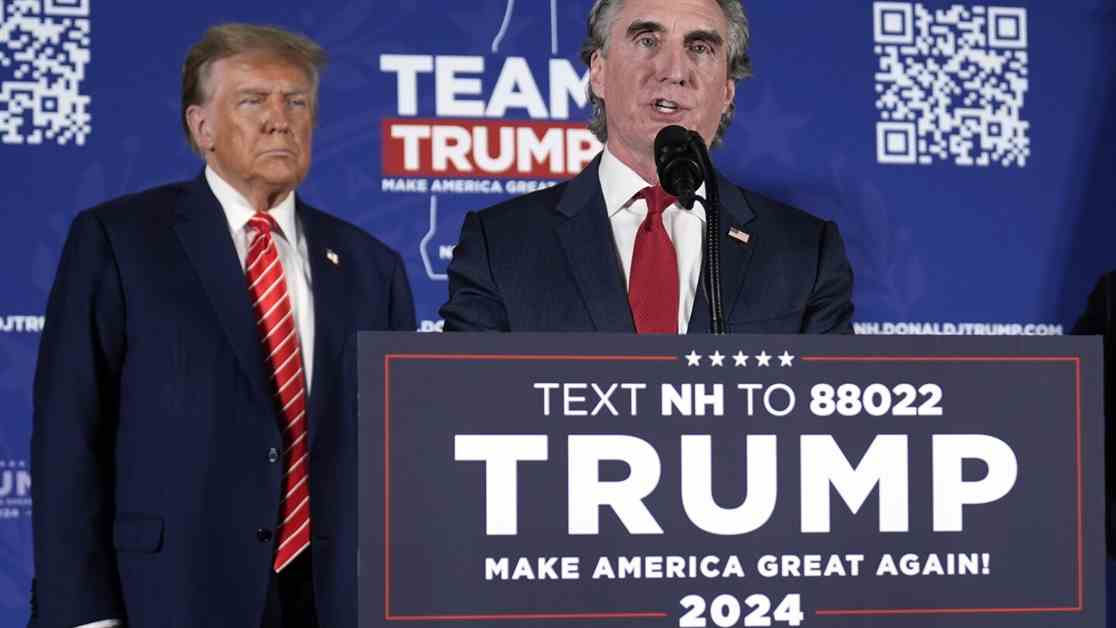North Dakota State Primaries: What Voters Can Expect
WASHINGTON — With the upcoming state primaries in North Dakota, the race to succeed former Governor Doug Burgum has garnered significant attention. Burgum’s decision not to seek a third term has opened up opportunities for various candidates in both statewide and local races.
Republican Kelly Armstrong, who has represented the state in Congress since 2018, is now vying for the governor’s seat. His primary opponent is Lt. Gov. Tammy Miller, who has received endorsements from Burgum. On the Democratic side, state Sen. Merrill Piepkorn and independent candidate Michael Coachman are also in the running for the governor’s seat.
In the race to replace Armstrong in Congress, five Republicans and two Democrats are competing for the seat. Former foreign service officer and military veteran Alex Balazs, former state Rep. Rick Becker, Public Service Commissioner Julie Fedorchak, attorney and former Miss America Cara Mund, and Sharlet Mohr are among the GOP candidates.
The Democratic primary features former teacher and military veteran Trygve Hammer and frequent candidate Roland Riemers. The elections will also include a statewide ballot measure that proposes an age limit for candidates running for U.S. Senate or House seats in North Dakota.
On the local front, contested GOP primaries will take place in five state Senate and ten state House districts. The state superintendent of public instruction race will see Kirsten Baesler seeking another term, facing off against three other candidates.
The primary day is set for Tuesday, with polls closing at different times across the state. Voters will decide on races for governor, House, state Senate, state House, superintendent of public instruction, and a ballot measure on congressional age limits.
North Dakota does not have a formal statewide voter registration system, allowing eligible voters to participate in the primary. The counties with the most significant impact on elections include Cass, Burleigh, Grand Forks, and Ward.
Vote-counting usually concludes shortly after the polls close, with the Associated Press providing results and declaring winners in various races. The AP does not make projections and will only declare a winner when the outcome is clear.
As voters head to the polls, the focus will be on determining the future leadership of North Dakota and shaping the political landscape for the upcoming general election.
___
For more information on the 2024 election, visit https://apnews.com/hub/election-2024.


